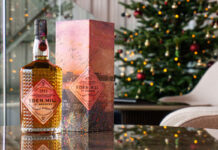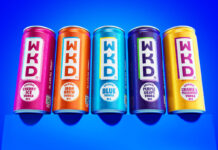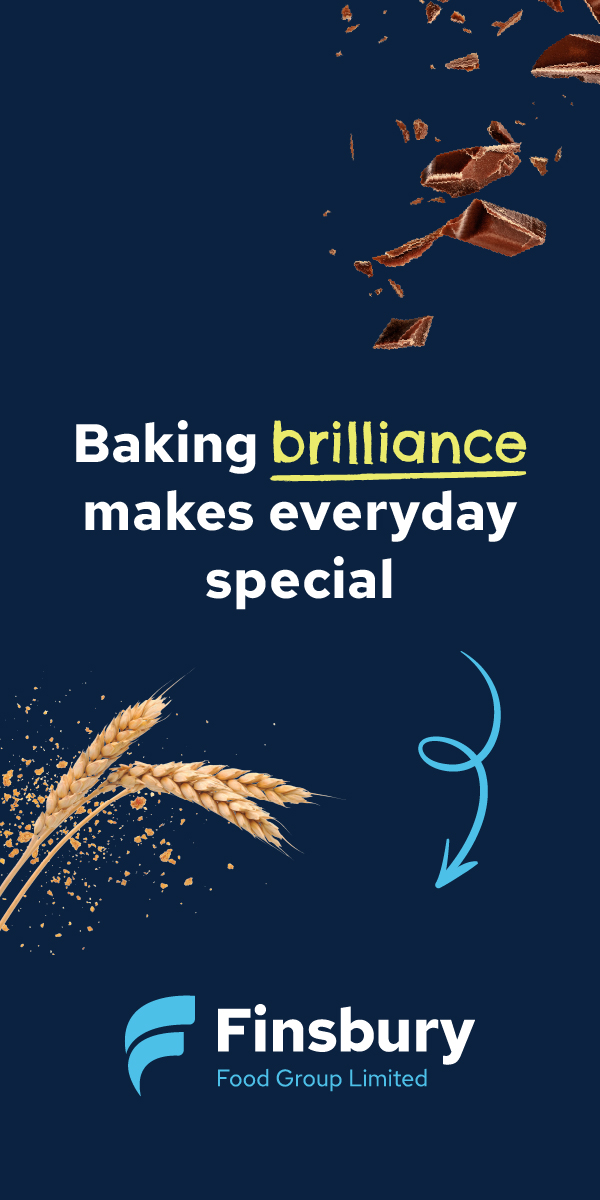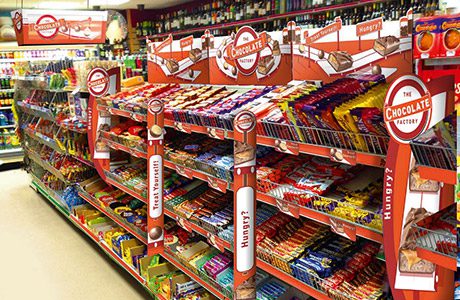
Encouraging impulse purchases among c-store customers is one of the most effective ways of increasing a store’s revenue and profit. Today we look at developments in key impulse purchase categories, including confectionery, soft drinks, beer, wine and spirits, and biscuits.
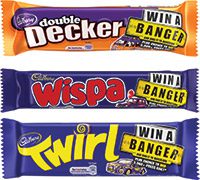
In the words of Cadbury brand owner Mondelez International’s trade communications manager Susan Nash: “Impulsivity is key to opening up sales opportunities and driving that extra purchase in store. Retailers can really benefit from great merchandising and display geared towards the top-selling categories.
“Confectionery is by far the most impulsive category available to convenience stores and biscuits are number three so these categories can play a critical role in driving sales.
“In order to convert shoppers into impulse confectionery consumers and maximise sales, availability and location of the main fixture is crucial. The primary confectionery display should be positioned in a high-traffic area of the store and feature all confectionery occasions including self-eat, sharing and gifting. This will ensure that customers planning to purchase confectionery will see it and all their needs are covered. In addition, best sellers, new lines, and lines with media investment should be located in high-traffic secondary sites.”
Highlighting popular seasonal confectionery products at periods like Easter and Halloween and promoting supported new products will also encourage impulse purchases, says Mondelez.
Mars Chocolate stresses the positive effect on impulse sales of confectionery that excellent use of point of sale materials and other merchandising activity can have.
A long-term partner in Scottish Grocer’s Project Profit category management programme, the company recently explained how it had analysed industry research before rolling out its Chocolate Factory display units to thousands of impulse stores. The Chocolate Factory has limited branding, the firm explained, and is designed to support a store’s entire confectionery range.
Materials developed for the displays included side fins, shelf barkers and other items.
Figures suggested the displays could boost sales in the category by 11%. Point of sale materials prompt sales, more than a third of impulse confectionery sales happen after shoppers notice a brand’s presence in stores, and half of confectionery purchasers are influenced when they are at the fixture, the company says.
It recommends ensuring key lines are always in stock. Multi-facing best-sellers and placing them also in additional locations (or secondary sites as they’re often called) will help ensure consumers don’t go away disappointed by being unable to buy their favourites.
Placing best-sellers at till points will also encourage impulse purchases, Mars says.



